Welcome to Boosting Ground's definitive strategy guide for Tokyo 2099: Shin-Shibuya, one of Marvel Rivals' most dynamic convoy escort maps. This futuristic Japanese cityscape offers multiple tactical opportunities across its three distinct phases, each requiring different approaches for optimal success.
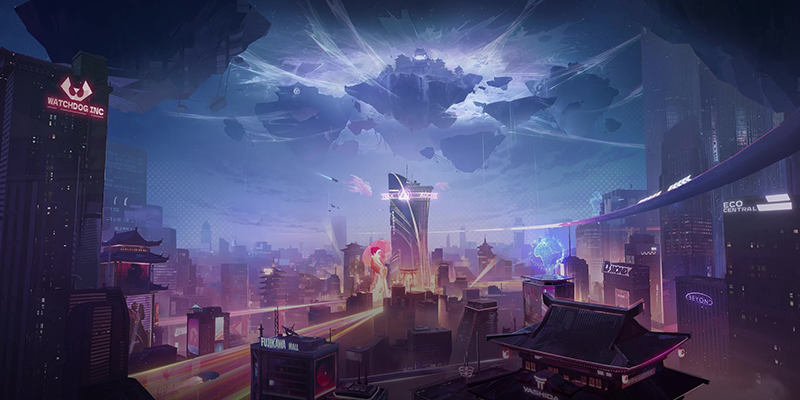
Map Overview
Tokyo 2099: Shin-Shibuya operates as a Convergence-type map featuring convoy escort mechanics divided into three progressive sections. The attacking team must first secure the convoy vehicle, then escort it through urban streets to a midpoint checkpoint, and finally guide it to the ultimate destination. Each phase presents unique chokepoints, flanking opportunities, and strategic considerations that can determine match outcomes.
This guide prioritizes attacking strategies while providing valuable insights for defensive positioning. Understanding these routes and tactical elements will significantly improve your performance regardless of your chosen role.
Convoy Acquisition
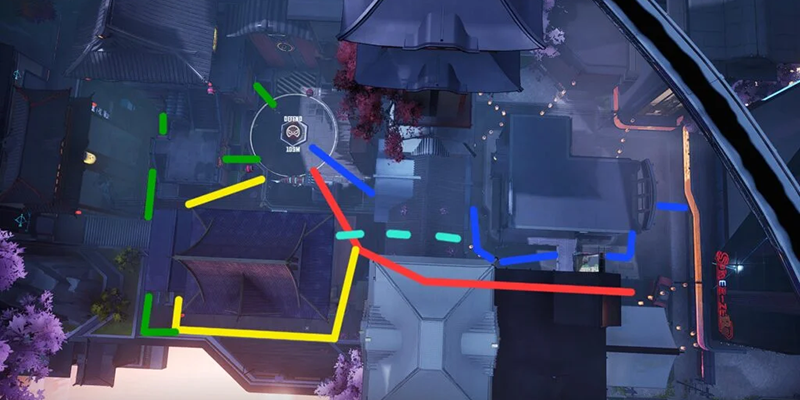
Primary Route Analysis
The initial phase centers around capturing the convoy vehicle, which requires navigating through a somewhat restrictive corridor system. The most direct approach leads teams through a narrow passage beneath an elevated architectural structure, creating the primary engagement zone where most initial combat occurs.
From the attacking spawn point, three distinct pathways provide access to the objective area. The standard route follows the most obvious path toward the corridor, representing where the majority of players will naturally gravitate. This route, while direct, can become problematic due to its predictability and potential for defensive setups.
Alternative Approach Vectors
A secondary route cuts through an area containing a ninja-themed shop, offering two sub-options for advancement. Players can either proceed through an elevated entrance or create their own opening by destroying the adjacent wall structure. This path runs parallel to the main route but provides better concealment and surprising angles against defenders.
For heroes with flight capabilities or advanced mobility skills, an aerial route becomes available that bypasses ground-level obstacles entirely. This path involves moving over building structures to reach the objective, though it requires specific character abilities to execute effectively.
Post-Chokepoint Tactical Options
Once teams successfully navigate past the initial corridor bottleneck, additional flanking routes become accessible. These paths allow for strategic positioning around the objective rather than forcing direct confrontations.
One extended flanking route circles completely around the building structure adjacent to the objective. This pathway proves particularly valuable when dealing with defenders positioned atop that building, as it allows attackers to emerge from within the structure itself, creating advantageous positioning from the opposite side of the main team advance.
Destructible Environment Advantages
A critical tactical element involves a destructible wall system that significantly impacts map flow. This entire wall structure, along with its associated building, can be completely demolished by focused fire. Attacking teams should prioritize destroying this barrier early, as leaving it intact forces the entire team through the narrow corridor chokepoint, severely limiting tactical flexibility.
The wall features an elevated door that remains difficult for most characters to access without destruction. However, any section of this wall can be destroyed to create custom entry points, allowing teams to bypass the restrictive corridor entirely.
Defensive Positioning Opportunities
Multiple elevated positions throughout this section provide excellent vantage points for defensive setups. These locations offer commanding views of approach routes and objective areas, making them ideal for long-range heroes like Namor and Loki. Key positioning spots include building rooftops, elevated platforms, and architectural features that provide both cover and sight lines.
Health kits are strategically placed behind the central building and within the left-side structure, providing crucial sustainability for extended engagements.
Urban Convoy Escort
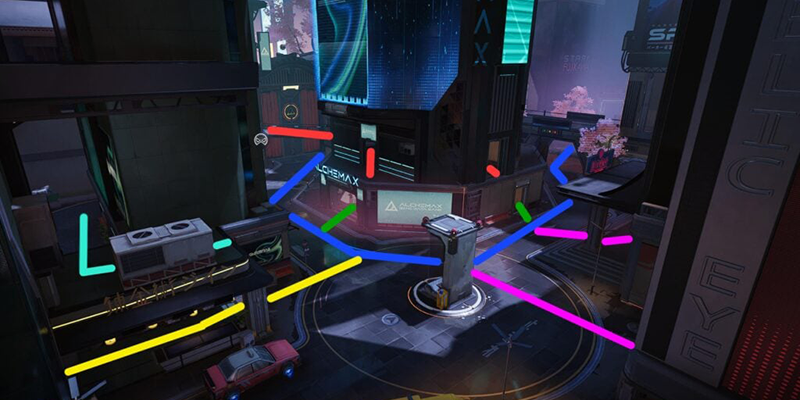
Main Convoy Path and Team Movement
The second phase transitions into street-level combat as the convoy moves through the urban environment. The convoy follows a predetermined route that becomes the central axis for most team positioning, though multiple alternative paths provide tactical flexibility.
Elevated Route System
An upper-level route system utilizes building rooftops and second-floor areas, providing elevated positioning throughout this section. This pathway grants access to the central building's upper floor and connects to a less-frequented bridge system that loops toward the rear alley areas. The elevated positioning offers significant advantages for both offensive pushes and defensive holds.
Central Building Utilization
The central building structure provides ground-floor passage that serves as an alternative to the main convoy route. This indoor path offers protection from long-range attacks while maintaining proximity to the objective, making it valuable for close-range heroes or when coordinating with the convoy's movement.
Back Alley Flanking Systems
The rear alley system represents one of the most underutilized tactical opportunities on this map. Two distinct paths emerge from this area: an elevated route accessed via stairs and a ground-level path that maintains cover while advancing. Both routes converge to provide flanking opportunities around the corner checkpoint where defenders commonly establish their secondary defensive line.
This flanking system proves particularly effective because most defensive setups focus on the obvious convoy route, leaving the rear approaches lightly monitored. Teams utilizing these paths can position themselves for devastating flanking attacks on defending backlines.
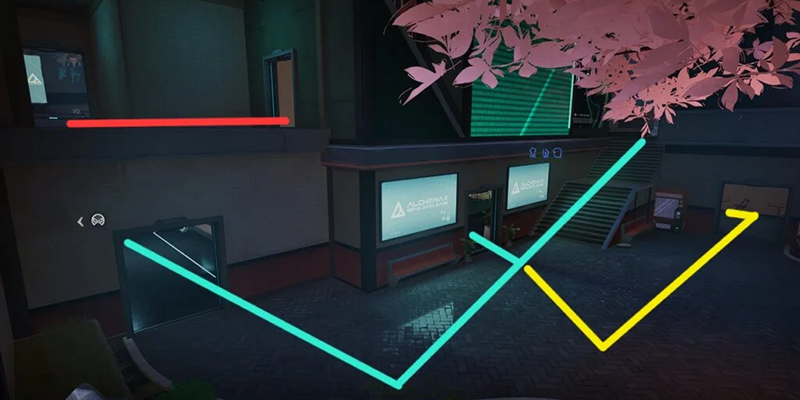
Upper Access Integration
The elevated route system connects multiple levels through strategic positioning. Players can access upper doors leading into side buildings, though they retain the option to drop down to ground-level paths when tactical situations demand flexibility. This vertical integration allows for dynamic repositioning during ongoing engagements.
Corner Checkpoint Tactics
The corner turn represents a critical chokepoint where defenders frequently establish strong defensive positions. The back alley flanking routes provide optimal angles for disrupting these setups, allowing attackers to engage defensive positions from unexpected directions.
Narrow Street Navigation
Following the corner checkpoint, the convoy enters a narrow street section that creates natural bottlenecks. A flanking route through interior building spaces provides access to a rear doorway, allowing teams to bypass the main street engagement entirely. This indoor route includes health kit access for sustainability before re-engaging.
Elevated Defensive Positioning
Defenders can utilize upper-level green pathways that provide high-ground advantages along with access to a secluded balcony area. This positioning includes dedicated health kit access and offers commanding views of multiple approach routes, making it ideal for establishing strong defensive holds.
Final Objective Push
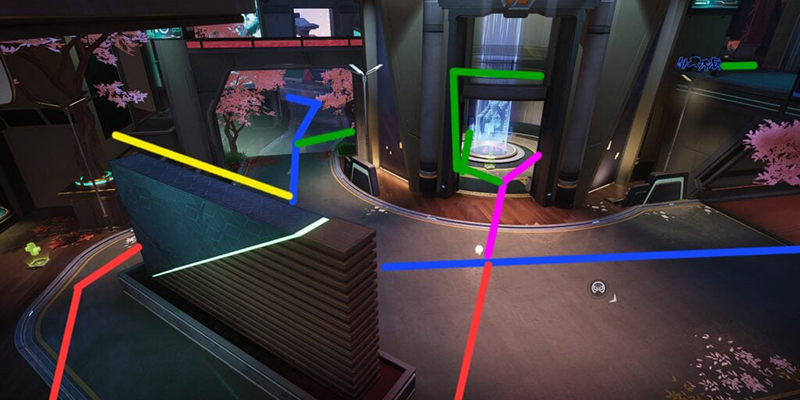
Final Section Route Diversity
The concluding phase presents the most complex routing options, with multiple interconnected pathways converging on the final objective room. Understanding these routes becomes crucial for breaking through final defensive stands.
Extended Flanking Continuation
A flanking route continues from the previous section, representing the longest alternative path available. This extended route allows teams to maintain flanking pressure throughout the entire final push, though it requires significant time investment and coordination.
Jump Pad Utilization
Defensive teams can utilize jump pad mechanics to quickly reposition from lower areas to elevated balconies carried over from the previous section. This rapid repositioning capability allows defenders to maintain high-ground advantages while adapting to changing tactical situations.
Parallel Advancement Options
A hallway system runs parallel to the main convoy route, providing an alternative advancement path that bypasses the primary engagement zones. This route offers strategic value for teams looking to avoid direct confrontations while maintaining objective pressure.
Former Spawn Area Access
Teams can access areas that previously served as defensive spawn points, creating opportunities for deep flanking maneuvers. These routes provide secluded advancement paths and connect to multiple secondary flanking options that can catch defensive setups off guard.
Bridge System Complexity
An elevated bridge crosses directly over the objective area, providing both positioning advantages and alternative entry points into the final engagement zone. This bridge connects multiple upper-level routes and offers strategic high-ground positioning for the final push.
Final Room Entry Points
The ultimate objective room features limited entry options, making the available flanking routes critically important for avoiding bottleneck situations. Two primary alternative paths provide side access to this final area, preventing teams from being forced through single chokepoint entries.
Elevated Platform Advantages
The final room includes an elevated platform system that offers tactical positioning options. While teams can drop down from these elevated areas to continue toward the objective, maintaining height advantage can provide crucial strategic benefits during final engagements.
Strategic Recommendations
Team Composition Considerations
Success on Tokyo 2099: Shin-Shibuya heavily favors teams with diverse mobility options. Characters capable of utilizing vertical space, destroying environmental barriers, and executing flanking maneuvers will find significant advantages throughout all three phases.
Communication Priorities
Effective communication regarding destructible wall timing, flanking route coordination, and back alley utilization can determine match outcomes. Teams should establish clear callouts for the various alternative paths to maximize their strategic potential.
Phase-Specific Focus Areas
- Phase One: Prioritize wall destruction and establishing flanking routes early
- Phase Two: Maximize back alley utilization and coordinate elevated positioning
- Phase Three: Execute deep flanking maneuvers while maintaining objective pressure
Defensive Adaptations
While this guide emphasizes attacking strategies, defenders can adapt these same routes for counter-flanking opportunities, establishing crossfires, and maintaining flexible positioning throughout each phase transition.
Conclusion
Tokyo 2099: Shin-Shibuya rewards teams that fully utilize its environmental complexity and routing diversity. By mastering these pathways and understanding their tactical applications, players can significantly improve their performance on this dynamic convoy escort map. Success requires balancing direct objective pressure with strategic flanking maneuvers, environmental destruction timing, and coordinated team positioning across all three distinctive phases.
